
The Deans List is an interview series with the leaders of architecture schools, worldwide. The series profiles the school’s programming, as defined by the head honcho – giving an invaluable perspective into the institution’s unique curriculum, faculty and academic environment.
For this issue, we spoke with Jack Davis, Dean of Virginia Tech's College of Architecture and Urban Studies in Blacksburg, Virginia.
Virginia Tech’s School of Architecture and Design prides itself on the foundational discipline of making. The school attracted international attention for its winning LumenHAUS design at the 2010 Solar Decathlon in Madrid, and has quietly but consistently ranked as one of the top architecture schools in the U.S., alongside the usual suspects. As part of a land-grant university, the school’s top priority has always been putting knowledge into practice in order to influence the physical world, a goal that dean Jack Davis takes very seriously. Davis spoke with Archinect about Virginia Tech’s strong collaborative culture and focus on craft for the Deans List.
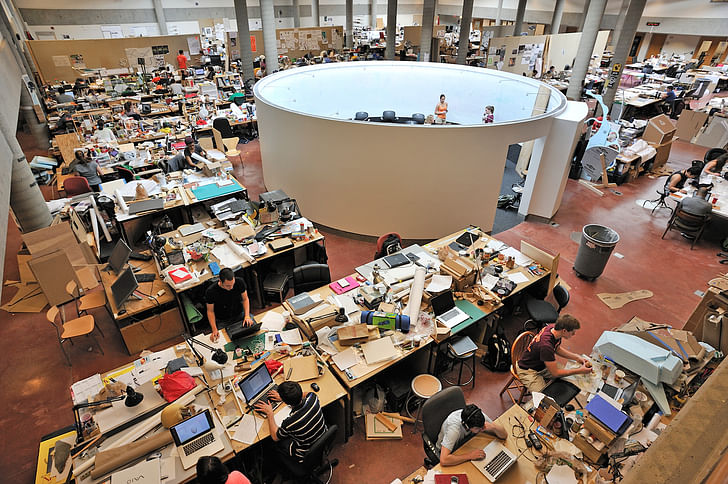
Amelia Taylor-Hochberg: How would you characterize your architecture school’s programming? Briefly, what is your own pedagogical stance on architecture education
Jack Davis: What first comes to my mind is the life and art of the Shakers, and their commitment to teaching and understanding the act of “making”. The Shakers’ commitment to detail and hands-on education resonates for me, as a dean of a college committed to the act of making, which I believe is also an inherent act of research. Making, particularly in design and art, embodies the systematic nature of thesis, testing, results, and evaluation, in an effort to discover new information. Like a young Shaker brother’s work on the making of a box, the design and artistic intent make up a hypothesis, not so much to solve a problem as to actualize a potential.
Virginia Tech’s College of Architecture and Urban Studies was formed in 1964, around the pedagogy of “experimental laboratories”, taught by teams of faculty. The teachings are often interdisciplinary, enriching the students’ peer-to-peer learning and their knowledge community. Skill and craft have continued to be supported through material and process-based workshops that are immediately accessible to studios and design laboratories. Our College is steeped in the tradition of scholarship, both visual and written, as the recounting and analysis of critical thinking.
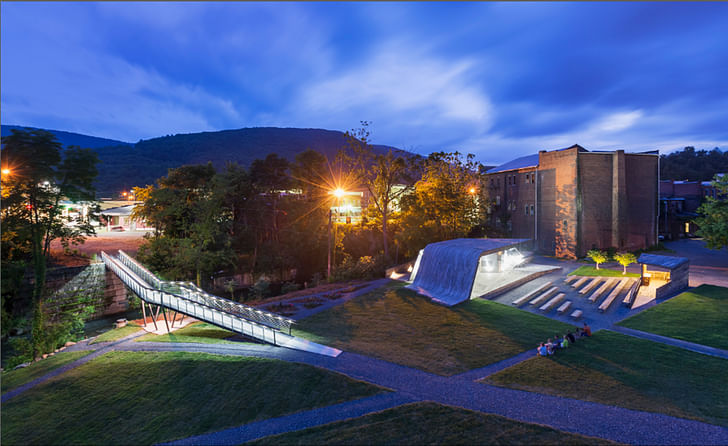
We currently offer accredited professional undergraduate programs in Architecture, Industrial Design, Interior Design, and Landscape Architecture, accredited professional graduate programs in Architecture and Landscape Architecture, non-professional and post-professional masters degrees in Architecture and Landscape Architecture, and a PhD in Architecture and Design Research. The School is home to more than 80 faculty members and over 1,100 students, approximately 700 of whom are in the architecture programs. Because of our scale, we are able to provide extensive resources to support our pedagogy across our three campuses in Blacksburg and Alexandria (both in Virginia), and in Riva San Vitale, Switzerland.
Like a young Shaker brother's work on the making of a box, the design and artistic intent make up a hypothesis, not so much to solve a problem as to actualize a potential.As a large school, we strive to provide a broad set of opportunities for different learning types, ranging from numerous off-campus programs to a set of well-equipped workshops. We expect our students to become active participants and decision-makers in their own education, so our professional curriculum can expand depending on the student’s initiative. The Architecture, Industrial Design, Interior Design, and Landscape Architecture programs are allied disciplines within the School of Architecture + Design, allowing students to directly experience a range of analogous modes of thinking and working.
As architecture students learn to activate their own unique abilities and capacities, they must confront the excellence standards of the profession. As they mature in their studies, students are guided to pursue their highest aspirations, and to accept professional responsibility for their work.
In short, the mission of the School of Architecture + Design is to create a setting for the pursuit of theoretical, practical, and productive knowledge, embracing the duality between a student’s education and their professional practice. The school takes a decidedly modern position towards design, while simultaneously seeking to understand preceding historical and cultural structures. The school has a long-standing commitment to international and urban studies through the Washington-Alexandria Architecture Center (WAAC), the Study Abroad Program, and the University’s Center for European Studies and Architecture (CESA) in Switzerland.
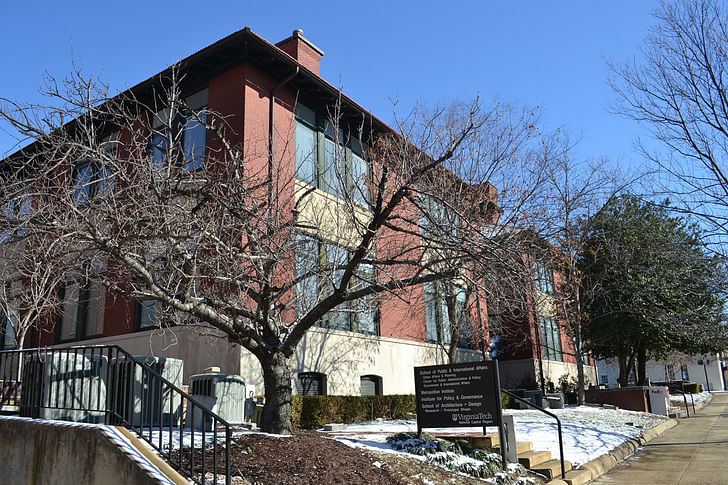

AT-H: What kind of student do you think would flourish at your school, and why?
JD: Students who demonstrate not only academic excellence, but also curiosity, a capacity for leadership and collaboration, and a strong work ethic will flourish here. The primary emphasis of a Virginia Tech education is to cultivate each individual student's active and contemplative capacities, developing the self-reliance and independence integral to their future leadership roles. We do not require a portfolio for entering the undergraduate programs, but we do require a final project book or combined portfolio for graduation. In addition to high academic standards, the student is expected to be self-motivated, able to think critically, and willing to collaborate. We often tell our students that it took competition to be accepted, but it will take collaboration to leave and succeed.
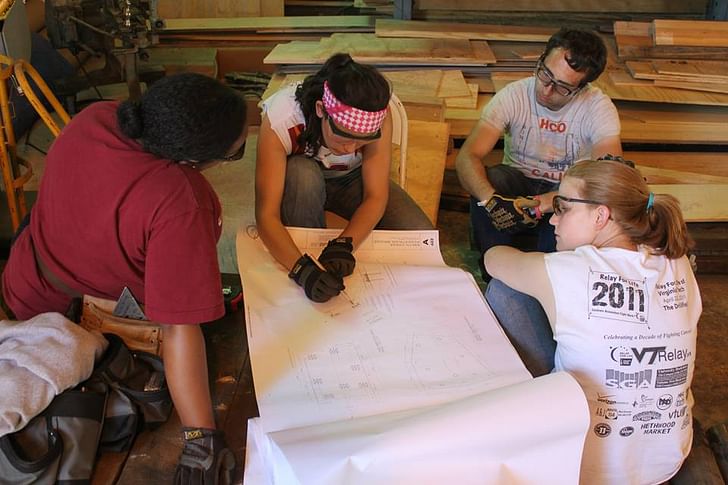
AT-H: What are the biggest challenges, academically and professionally, facing your students?
JD: Excellence in research, scholarship, and creative achievement are expected in a comprehensive research university like Virginia Tech. As such, the greatest challenge is for us to provide the best and most diverse resources for our students to help themselves. Additionally, students are challenged to prepare for their profession through hands-on experience and a thorough understanding of current and emerging technologies.
Our Design/Build Lab for third-year architecture students has constructed three student-designed, student-built projects in communities of need, such as the award-winning amphitheater in Clifton Forge, Virginia. Not only do students gain real design and building experience, but must also learn to develop relationships with their project’s community and clients. To maintain state-of-the-art opportunities for students, the school has added an ABB robot to its extensive shop facilities, to further study rapid prototyping in manufactured construction.
The Research + Demonstration Facility has been the primary place for constructing our full-scale projects, such as our three solar decathlons, the Extreme Makeover: Home Edition house, several Habitat for Humanity homes, a full-scale pediatric health care room, and many other projects. It is also now the home of the robotics and digital fabrication lab.
AT-H: How do you provide for employment after graduation?
JD: We try to connect students to multiple professional contexts while they’re still enrolled. This occurs through multiple opportunities. Students can participate in a professional externship, where they are employed for a semester during the latter half of their undergrad. Our Chicago Studio, an NCARB Award-winning professional program, provides experience and connections within top architecture and design firms. We also offer a Design/Build Lab. Many students make contact with European offices while on study-abroad programs, or through academic exchanges. We also host a major Career Day event every February, and utilize our alumni base to connect students to personal knowledge resources all over the world.
AT-H: How do you research and familiarize yourself with trends within the architectural profession/academia? How do you adapt these observations into programming and student policy for the 21st century?
JD: First and foremost, we have young and challenging faculty that have excellent national and international experience. Bringing their active and engaged careers to the school’s rural location inspires our faculty and students to study and focus on critical issues. But just as important as focused studio work, our faculty and students are active in study programs all over the world. Our diverse alumni are also very active with visiting students. It is our students and faculty that lead discussions, adapt practices and propose content changes. Since our administrators are also faculty, change occurs through discussion in public forums, and can then be incorporated into programming and student policy.
AT-H: Do you collaborate with other departments or schools when designing programming?
JD: There are four schools within the College of Architecture and Urban Studies (CAUS), and many faculty have degrees in more than one discipline. Collaboration between the disciplines occurs formally in shared coursework and informally in the studio environment. These students share the first year “foundations studio” and other courses, as well as workshops throughout their education. Additionally, the International Archive of Women in Architecture (IAWA), a Center in the School of Architecture + Design brings together research in multiple design and construction disciplines. The IAWA documents the history of women's involvement in all fields of architecture, urbanism, interior and industrial design, and design criticism.

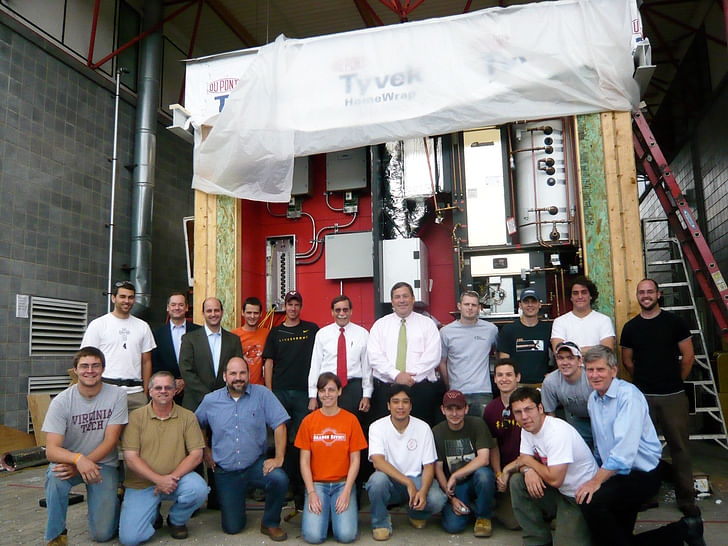
CAUS is also home to the Myers Lawson School of Construction, with degrees in Building Construction and Construction Engineering Management. Faculty will often merge upper-level course content between building construction and design studios at the undergraduate level and, at the graduate level, offer as much immersion as desired by the student. Our School of Public and International Affairs also has degrees in Urban Affairs and Planning. In addition, our School of Visual Arts shares skills in rendering and animation. The College fully embraces all aspects of the built-environment. We also offer a B.S. in Real Estate, a first-of-its-kind collaboration with six colleges, engaging faculty across our university’s disciplines.
AT-H: What is the relationship between the school and local government?
JD: The School of Architecture + Design has a long history of working with local governments and communities. Blacksburg, Roanoke and Alexandria in Virginia, Washington D.C., Chicago, and beyond — these are some examples of where are students are living and working with citizens and government officials to make positive changes. Courses such as ‘What Makes a Town,’ bring our students out into communities to analyze, propose and design interventions. The Community Design Assistance Center (CDAC) is a multidisciplinary effort that links university expertise with societal needs, as they relate to the environment in which we live. CDAC assists communities, neighborhood groups, and non-profit organizations in improving the natural and built environments through design, planning, policy, and research. This brings students in direct contact with underserved community residents, town administrations and cultural organizations.
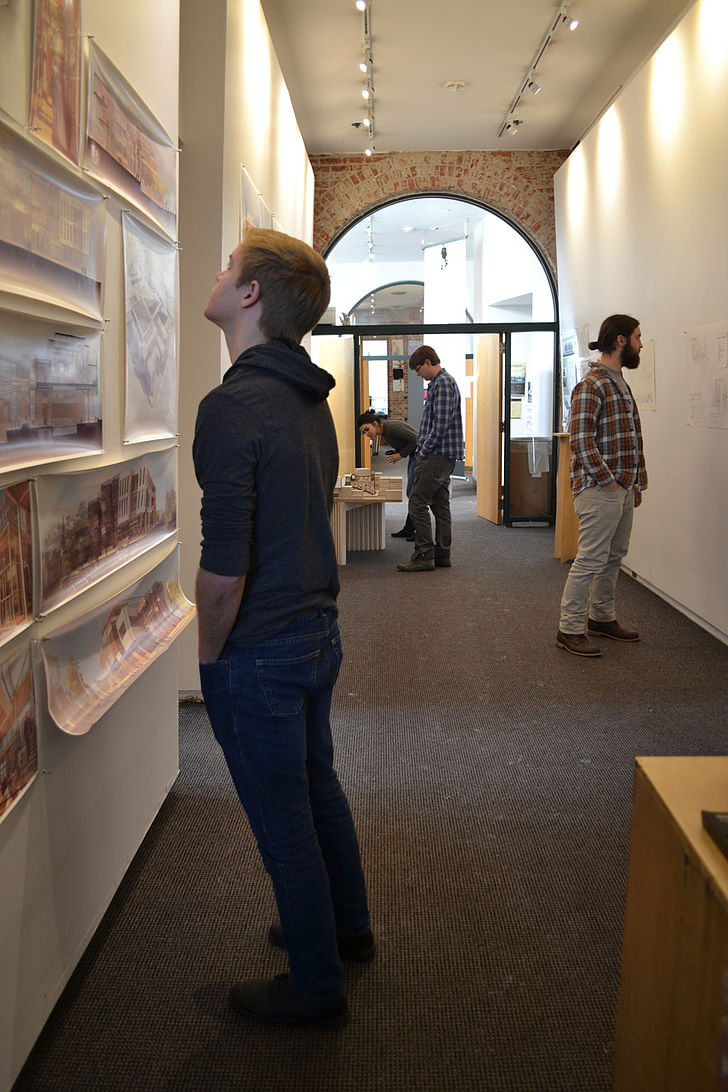
Students from Landscape Architecture have designed and built community gardens in developing areas of Roanoke, and a recent studio course had students from across the design disciplines present, to local government representatives, their concepts for a multi-modal transportation station.
Our Chicago Studio program has established an amazing network in Chicago — directly engaging some 500 professionals, more than half of them local architects and urban designers. Students spend a semester embedded in professional firms in the city while working on studio projects in teams. This collaboration activates the city — from the mayor to local Chicagoans — to confront real issues that architecture and design can help solve.
AT-H: What would you like to accomplish as dean? How would you like the school to have changed in your tenure?
JD: Deans accomplish very little on their own. It is our intellectual and motivated faculty that lead, coordinate and ensure success. As a school at a Land Grant University, we have an inherent mission to serve the public good. The need is great and the timing is now. I We have an inherent mission to serve the public good. The need is great and the timing is now.hope that during my time, the college will have advanced, and afterward will continue to encourage the value of service to others, through meaningful national and international community engagements. When meaning transcends good intentions, it often is through the hands-on nature of making action visible -- whether through the design and construction of the built environment, objects of artistic meaning, or policies and plans for guiding societal change. We will continue to blend our design and construction service trips, such as those done regionally through Habitat for Humanity and the Design/Build Lab, as well as in Haiti, the Dominican Republic, and Belize.
The pedagogical underpinnings that formed the design programs over 50 years ago continue to instill meaning in what, and how, we educate. I believe that students learn best when they can lead their own education, and envision contributing to a world beyond themselves. This decades-old pedagogy is intrinsic to our teaching. The value of what we do -- our craft -- is as timely as it is timeless.

Former Managing Editor and Podcast Co-Producer for Archinect. I write, go to the movies, walk around and listen to the radio. My interests revolve around cognitive urban theory, psycholinguistics and food.Currently freelancing. Be in touch through longhyphen@gmail.com
No Comments
Block this user
Are you sure you want to block this user and hide all related comments throughout the site?
Archinect
This is your first comment on Archinect. Your comment will be visible once approved.